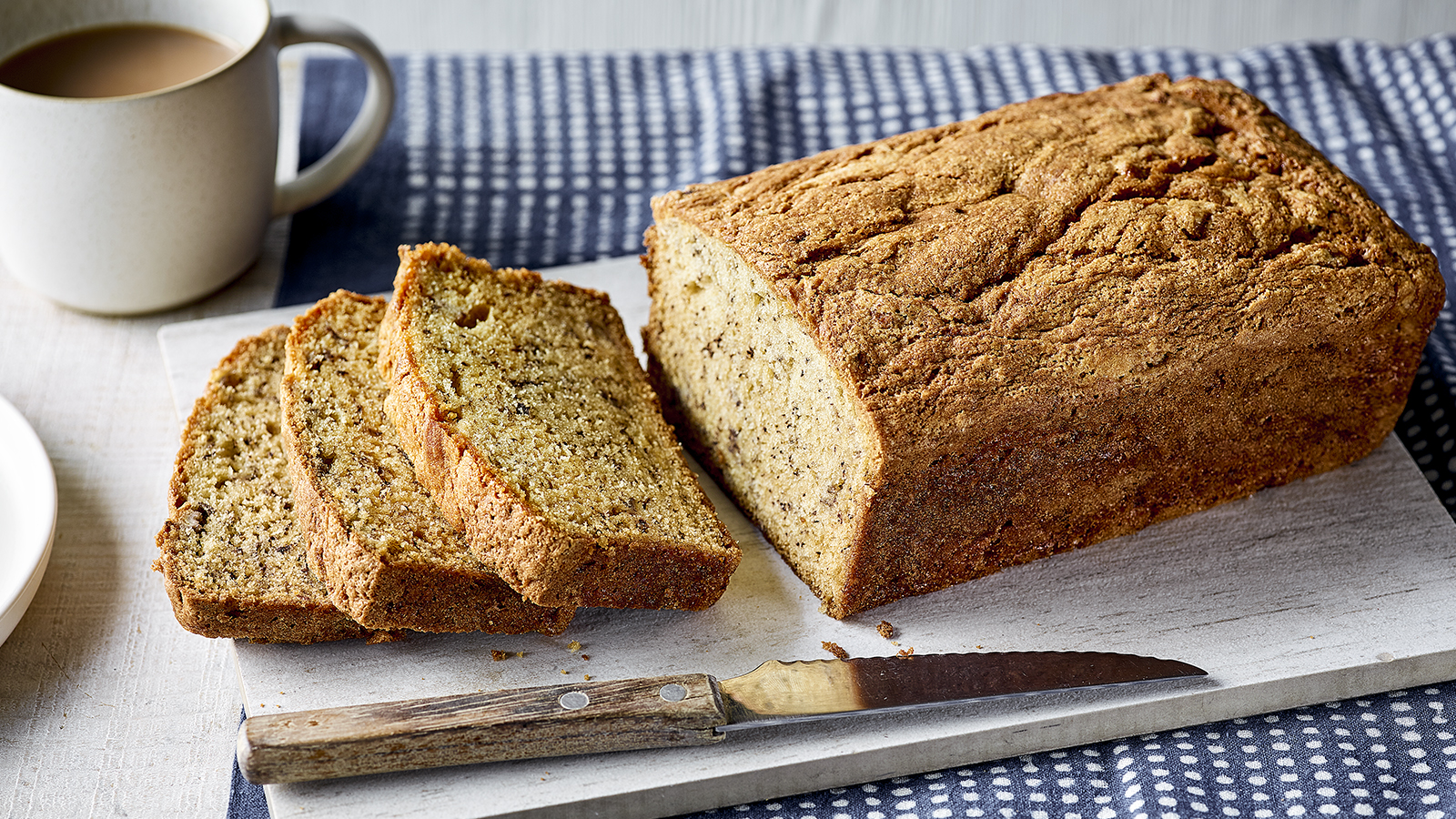Banana bread has transcended its humble origins to become a beloved staple in households around the world. This seemingly simple loaf, with its moist crumb and fragrant aroma, has the power to evoke comfort and nostalgia. However, beneath its unassuming exterior lies a rich history, a versatile recipe, and an enduring appeal that has kept it at the forefront of home baking.

A Slice of History
The Origins of Banana Bread
Banana bread’s origins are deeply rooted in American culinary history, particularly during the early 20th century. The rise of this delightful quick bread can be traced back to the Great Depression, a time when resourcefulness was paramount in the kitchen. Overripe bananas, once considered too spoiled to eat, became a valuable ingredient in a time when nothing was wasted. Cooks found that these overripe bananas, with their heightened sweetness and softness, were perfect for baking.
The advent of commercially produced baking soda and baking powder in the 1930s further cemented banana bread’s place in the culinary world. These leavening agents allowed for the creation of quick breads—loaves that could be made without the time-consuming process of yeast fermentation. Banana bread was a perfect fit for this new category, offering a quick, easy, and delicious way to use up bananas that might otherwise go to waste.
The Anatomy of the Perfect Banana Bread
Ingredients that Matter
Creating the perfect banana bread is an art, and like all art, it requires attention to detail. The key ingredients—bananas, flour, sugar, and fat—must be carefully balanced to achieve the desired texture and flavor.
The bananas are, of course, the star of the show. Overripe bananas are essential, as they contribute both moisture and sweetness to the bread. Their natural sugars caramelize during baking, imparting a rich, nuanced flavor that is impossible to replicate with less ripe fruit. The ideal bananas for banana bread are those that are heavily speckled with brown spots, signaling that their starches have fully converted to sugars.
Flour provides the structure of the bread. All-purpose flour is commonly used, though some recipes call for a blend of all-purpose and whole wheat flour for a heartier texture. The choice of flour can significantly impact the final product; too much flour can result in a dense, dry loaf, while too little can cause the bread to collapse.
Sugar, in its various forms, adds sweetness and aids in the browning of the crust. Granulated sugar is standard, but brown sugar is often added for its molasses-like depth. Some bakers also incorporate honey or maple syrup for an added layer of complexity.
Fat, whether in the form of butter, oil, or even yogurt, contributes to the moistness and richness of the bread. Butter offers a buttery flavor and tender crumb, while oil yields a slightly denser texture but extends the bread’s shelf life. Yogurt or sour cream can be used to add tanginess and moisture, resulting in an especially tender loaf.
The Baking Process
The process of making banana bread is straightforward, yet each step plays a crucial role in the final product. The bananas should be thoroughly mashed to ensure an even distribution throughout the batter. Mixing the wet and dry ingredients separately before combining them helps to prevent overmixing, which can lead to a tough, rubbery loaf.
Once the batter is mixed, it is poured into a prepared loaf pan and baked at a moderate temperature, typically around 350°F (175°C). The baking time can vary, but the bread is usually done when a toothpick inserted into the center comes out clean, or with just a few moist crumbs clinging to it.
During baking, the loaf will rise, and the kitchen will fill with the sweet aroma of bananas and caramelizing sugars. The crust should be golden brown and slightly crisp, providing a delightful contrast to the soft, tender interior.
Variations and Innovations
Beyond the Classic Recipe
While the traditional banana bread is undeniably delicious, the versatility of the recipe invites countless variations. Nuts, such as walnuts or pecans, are a popular addition, offering a crunchy contrast to the soft bread. Chocolate chips can be folded into the batter for a sweet, indulgent twist, while spices like cinnamon, nutmeg, or cardamom add warmth and complexity.
Health-conscious bakers might opt for whole grain flours, reduce the sugar, or incorporate ingredients like flaxseeds, chia seeds, or protein powder to boost the nutritional content. Vegan versions of banana bread are also easy to create, substituting eggs with flax or chia seeds, and using coconut oil or plant-based yogurt in place of dairy.
Some adventurous bakers have even experimented with savory banana bread, adding ingredients like cheese, herbs, and spices to create a loaf that pairs beautifully with soups and salads.
The Modern Appeal
In recent years, banana bread has seen a resurgence in popularity, particularly during times of uncertainty, such as the global pandemic. Its simplicity, accessibility, and comforting nature have made it a go-to recipe for both novice and experienced bakers alike. Social media platforms have been flooded with pictures of beautifully browned loaves, each one a testament to the enduring appeal of this classic bread.
Banana bread’s modern appeal lies in its adaptability. It can be a simple snack, a hearty breakfast, or even a decadent dessert, depending on how it’s made and served. Whether enjoyed plain, slathered with butter, or topped with a dollop of whipped cream, banana bread remains a timeless treat that continues to bring joy to kitchens around the world.
Conclusion
Banana bread is more than just a way to use up overripe bananas; it’s a culinary tradition that has evolved over decades, continually adapting to the tastes and preferences of bakers everywhere. Its rich history, combined with its versatility and comforting flavor, ensures that banana bread will remain a beloved staple for generations to come. Whether sticking to the classic recipe or experimenting with new variations, bakers can always find comfort and satisfaction in a warm, fragrant slice of banana bread.